Breathing freely
Helping people handle their fears, a natural reaction to disaster, can help them move on more quickly and make more rational decisions should another earthquake strike. But getting people to open up and discuss their fears is not always easy.
“All of us are victims of the earthquake,” Jaya Shree Silpakar, a Nepal Red Cross Society counsellor tells a group assembled in Khalte, a remote village perched on a hill in central Nepal. “Let us come together, listen to each other’s stories. It is very necessary at this time to release our pent-up emotions. Will you do this with us?”
Silpakar has come to provide basic psychosocial support in Khalte, where some 70 women, men and children have gathered under a shelter villagers had recently built with materials salvaged from what were once their homes. The programme, carried out by the Nepal Red Cross in five districts, was born of the ICRC’s previous work with families of people who went missing during Nepal’s ten-year internal conflict.
“We try to allow people in highly affected areas to express their fear, to better prepare for living with uncertainty and to understand that their reaction is the normal answer to an abnormal event. It is a way of preventing the initial trauma from becoming chronic,” says Yubaraj Adhikari, the head of the ICRC psychosocial programme in Nepal.
In Khalte, most of the mud and stone houses are reduced to mounds of rubble. Ten people died, another 12 were injured and most of the villagers’ livestock was crushed in their sheds, while rice and millet seeds for the next planting season were caked in mud.
After Silpakar stopped speaking, there was a long silence. Talking publicly about emotions is not a Nepali tradition. Suddenly, a middle-aged man broke out in a high voice: “I have nightmares continuously. I see cracked houses, the dead walking again. It frightens me so much.”
It was as if he had opened the floodgates. Every-one started talking at the same time, confirming that they too had nightmares, they too could not shake off the fear, the pain, the constant expectation of another violent tremor. Mothers spoke of their children who were arguing all the time or keeping too silent, who had mood swings, refused to play and clung to their parents.
Silpakar, a diminutive 24-year old, let each one talk in turn, listening intently to each speaker, her face full of empathy and warmth, uttering an encouragement when it was needed.
At the end of the session, she asked the assembly to close their eyes for one minute and “think kindly of the departed souls, thank nature, which has been cruel, but has nonetheless spared us, and promise to ourselves to move forward with greater solidarity”. Silence fell again, until one, then several, children laughed. And all of a sudden, people broke into cathartic laughter.
“The young women allowed me to breathe freely again,” said Chitra Kumari Agasthi, one of the women who attended the meeting. “They made me understand that it was normal to feel the ground shaking under my feet even when there is no quake.”
 Red Cross Red Crescent magazine
Red Cross Red Crescent magazine 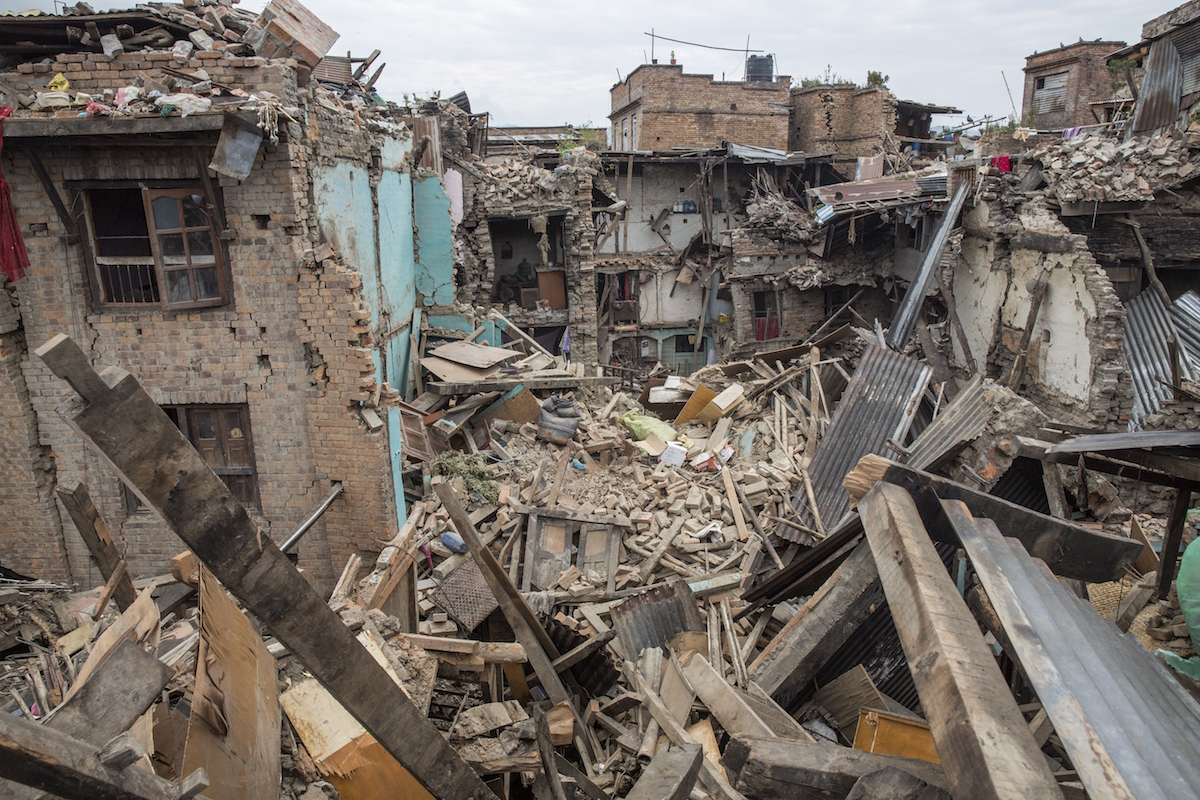
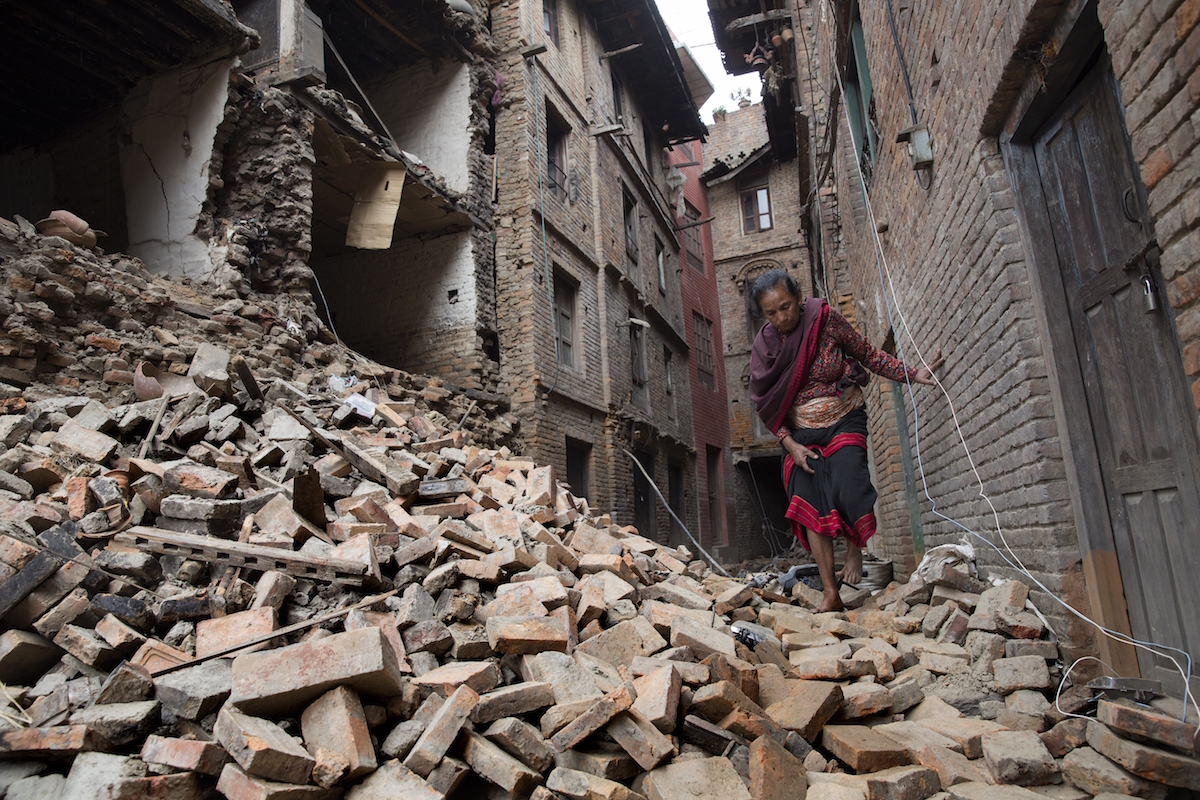
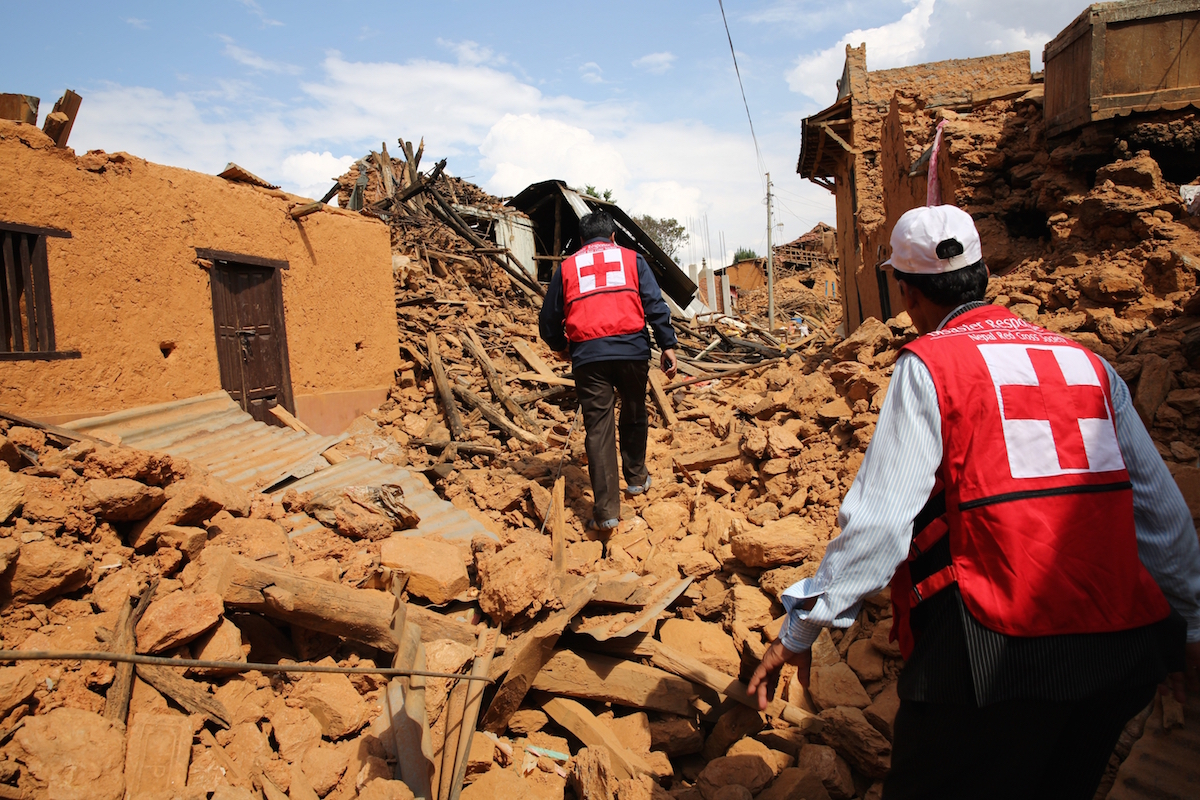
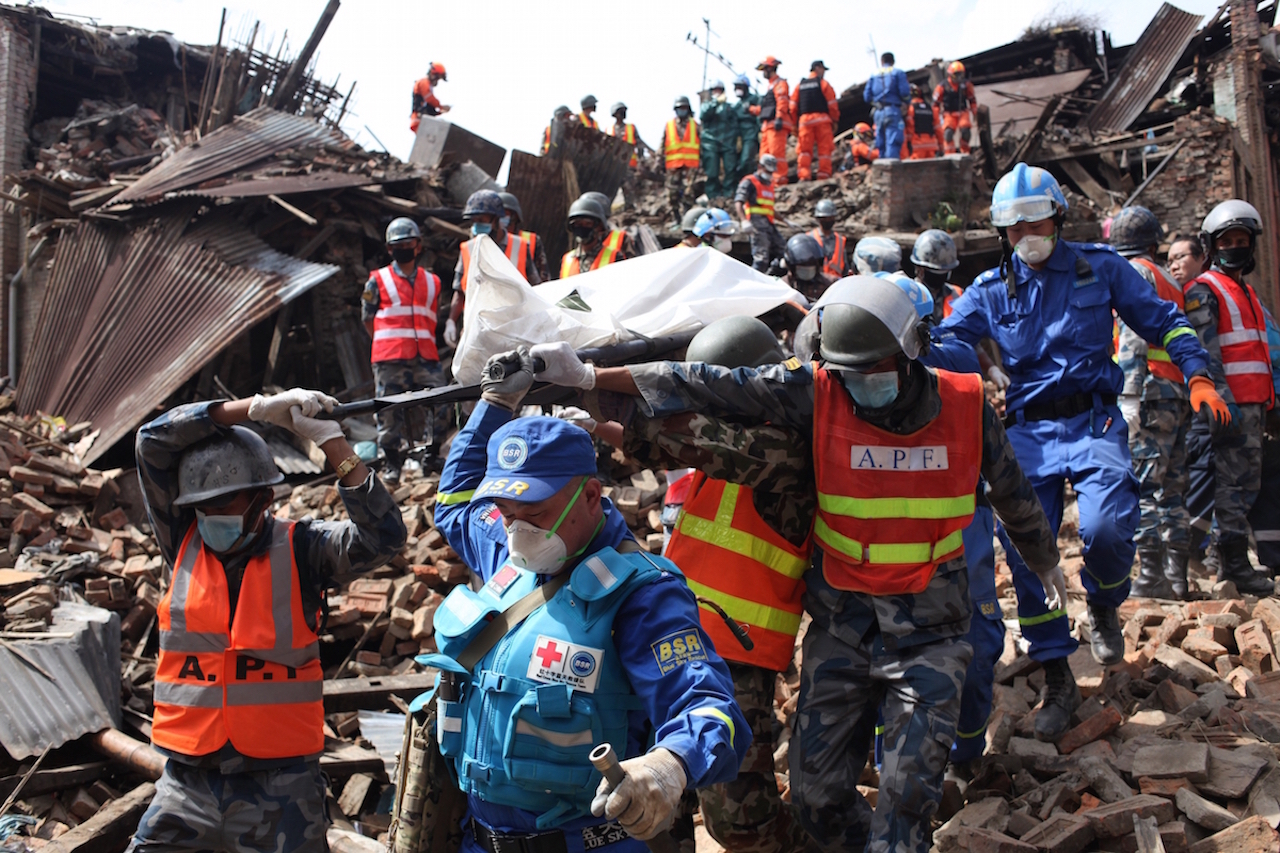

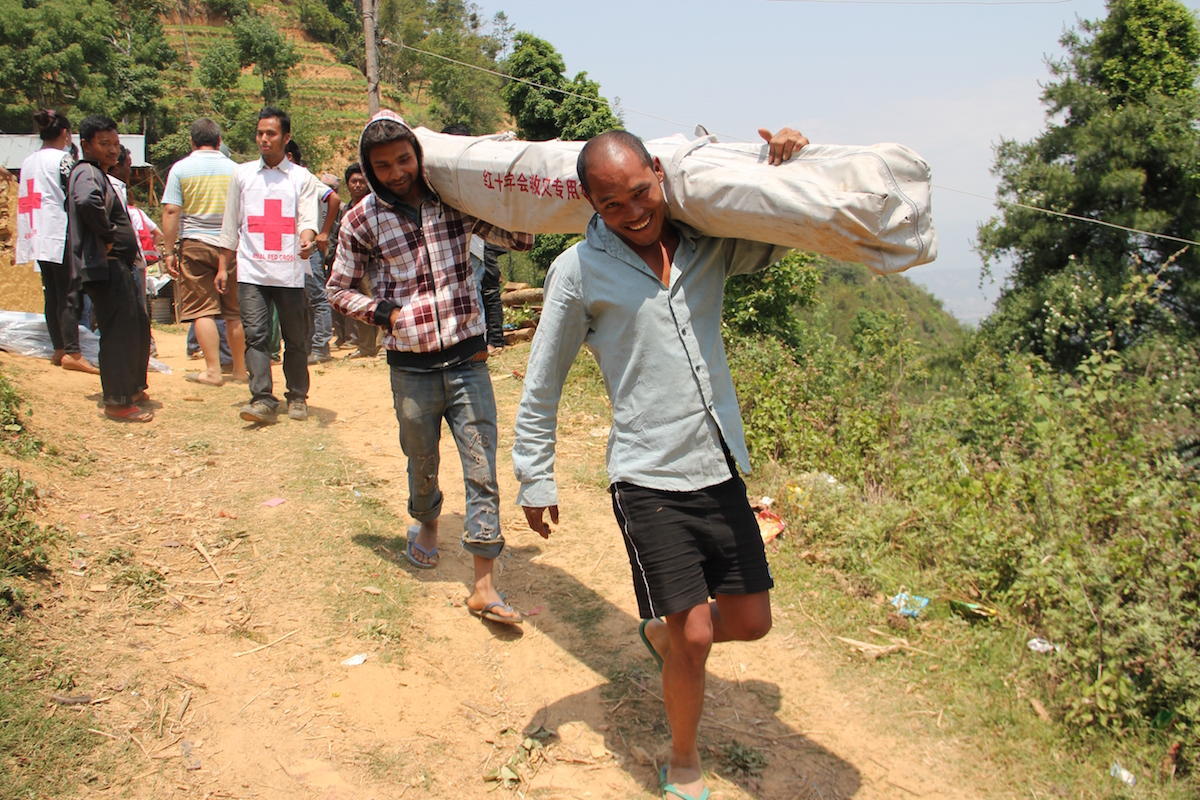
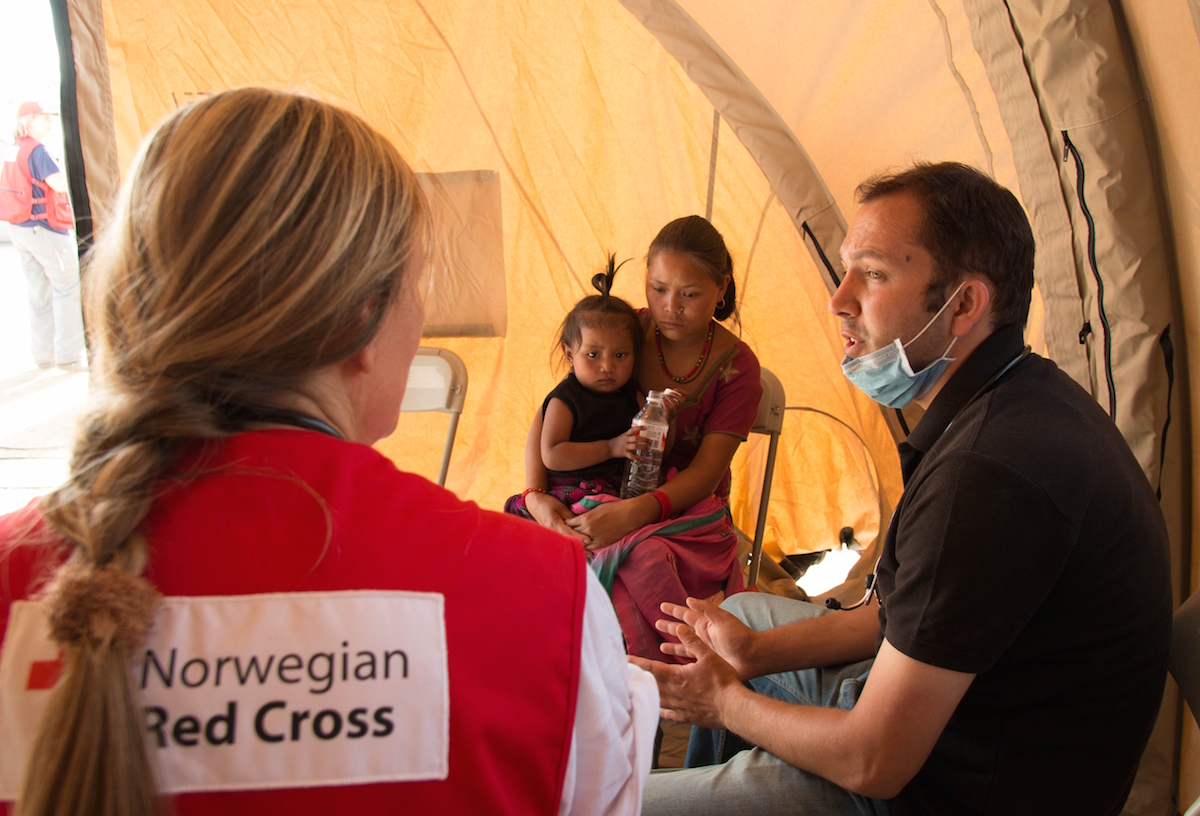
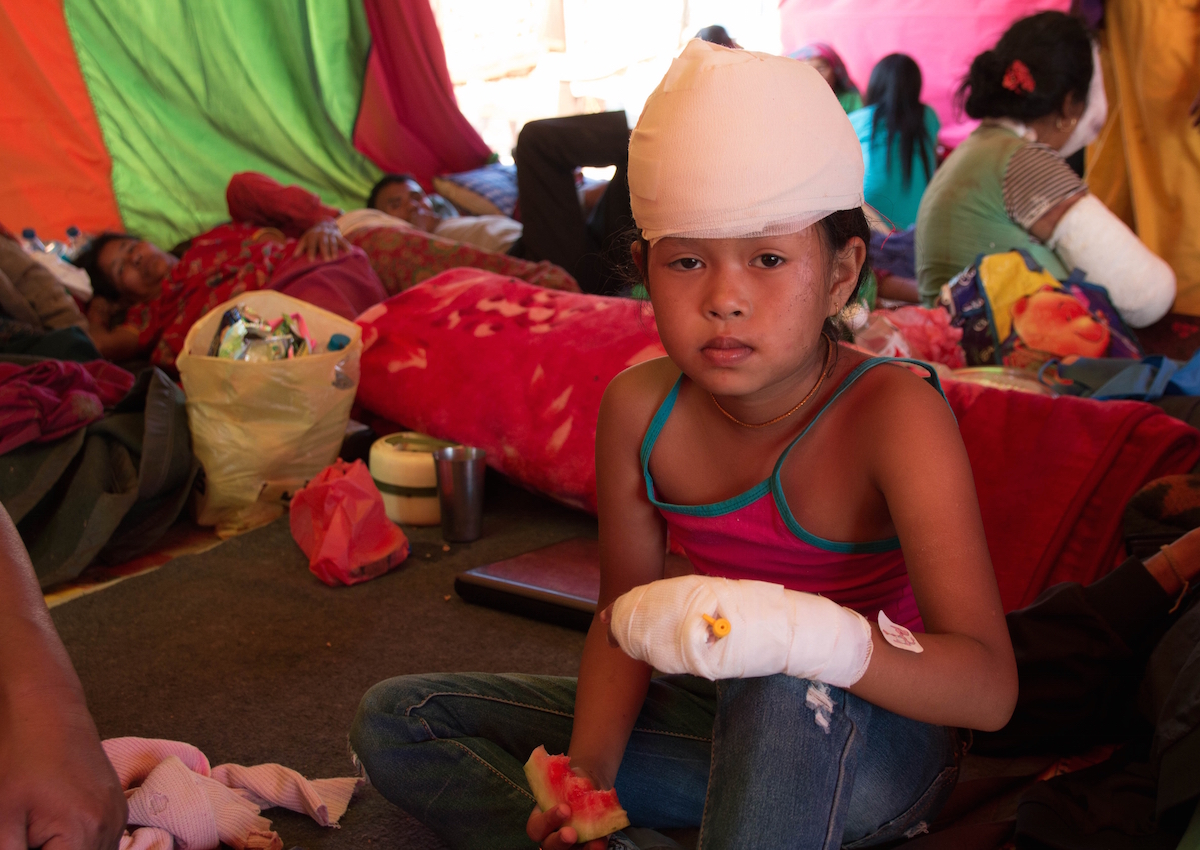
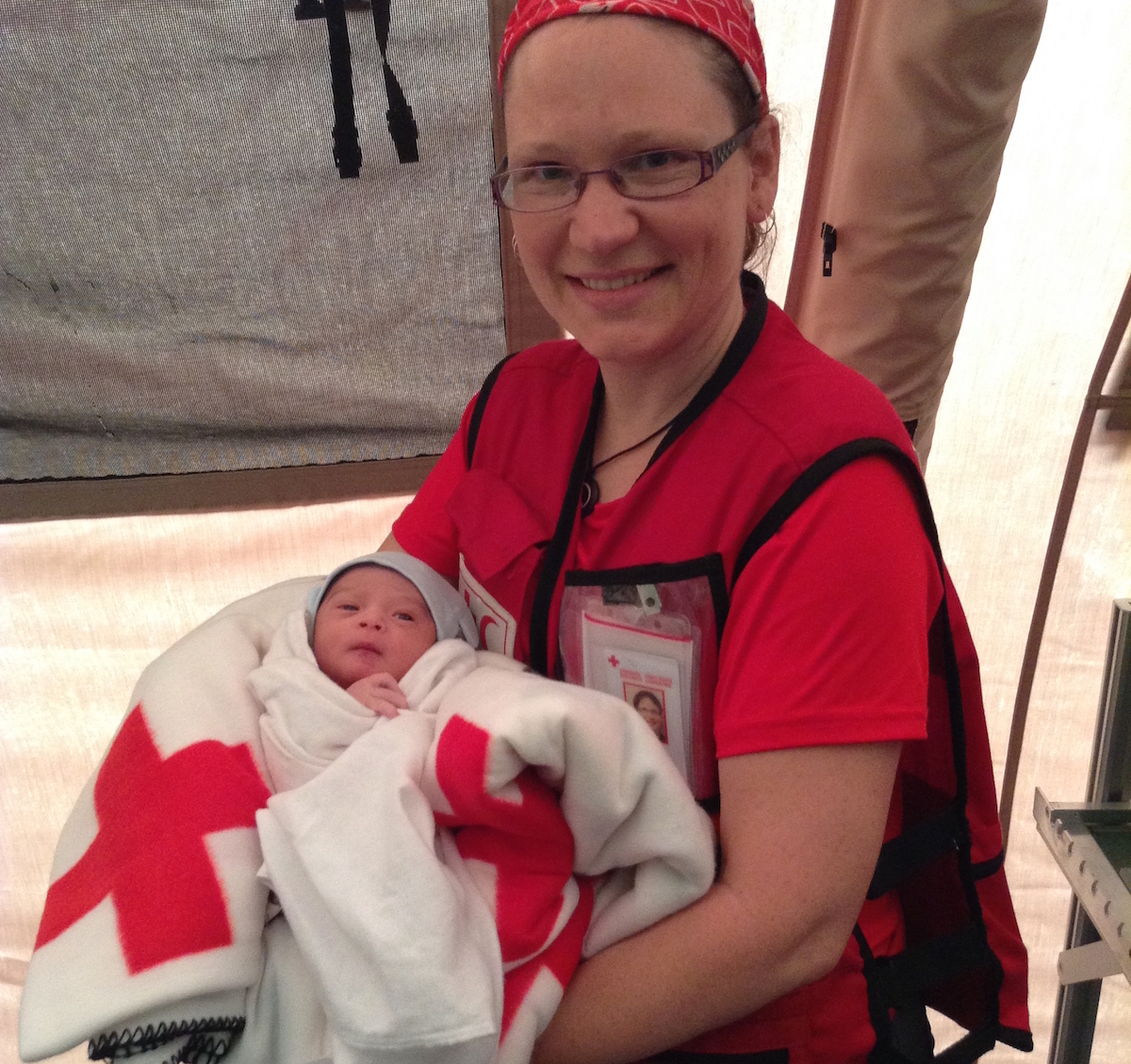
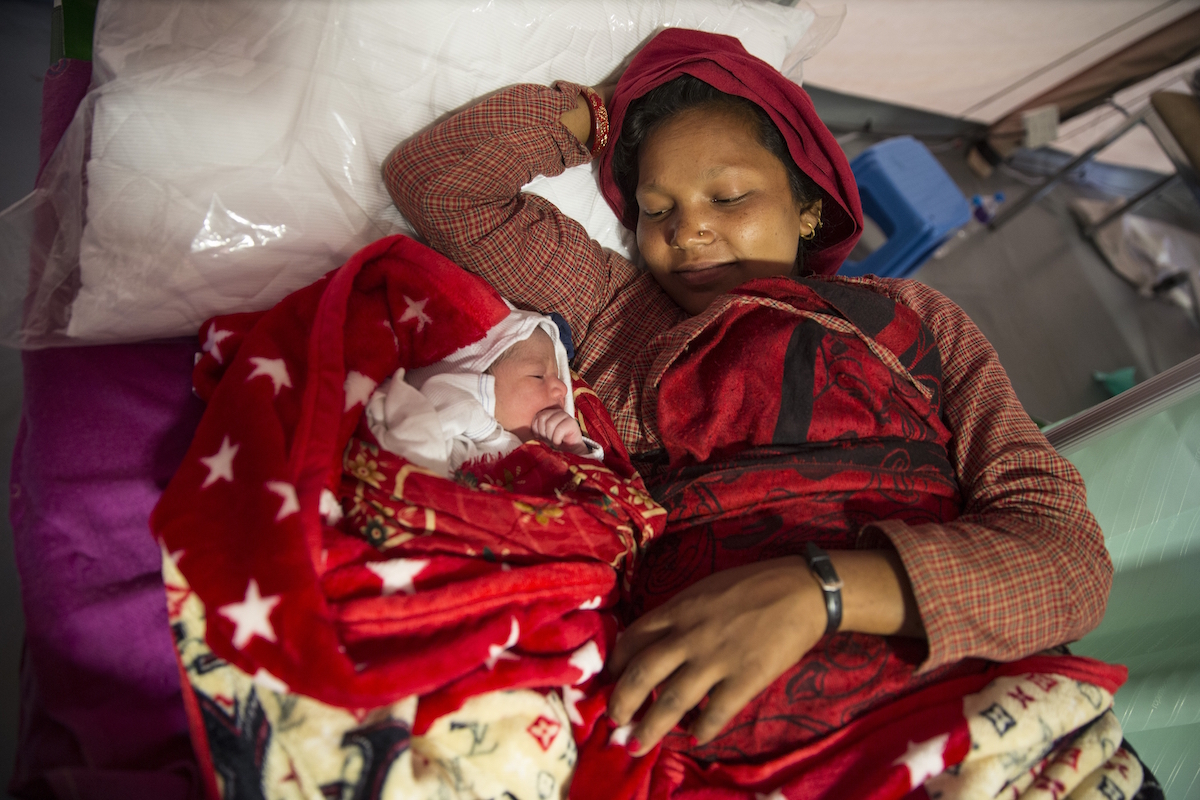






 Tech & Innovation
Tech & Innovation Climate Change
Climate Change Volunteers
Volunteers Health
Health Migration
Migration